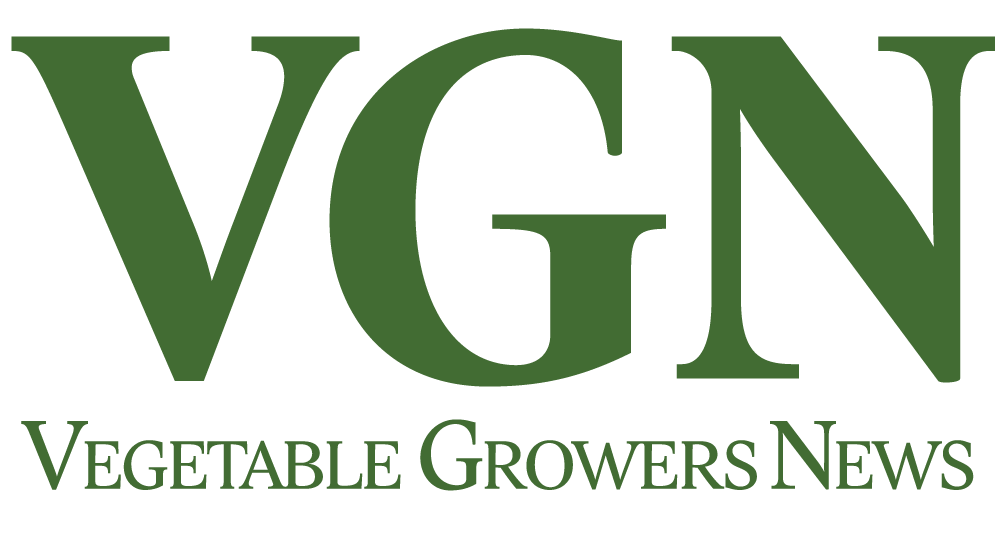Fruits among list of US goods targeted by retaliatory Canadian tariffs
Editor’s note: This story has been updated with information about delayed tariffs on Mexico and Canada.
Cucumbers, along with a long list of fruits, are among U.S. goods targeted in the first phase of retaliatory tariffs announced March 4 by Canada, though that list is among many uncertainties in a rapidly changing international trade climate.
Canada’s Department of Finance announced 25% tariffs on a list of U.S. goods worth $30 billion in a rapid response to 25% tariffs levied by Donald Trump’s administration on Canadian and Mexican goods.
Dominic LeBlanc, Minister of Finance and Intergovernmental Affairs, said in a March 4 statement that an additional list of $125 billion in goods is open for a 21-day comment period and will be imposed “should the U.S. continue to apply unjustified tariffs on Canada.”
Whether that happens became uncertain just two days later. On March 6, Trump said he has postponed tariffs on most goods from Mexico after a conversation with Mexican President Claudia Sheinbaum, then issued temporary exemptions for a wide range of goods from both Mexico and Canada.
The exemptions will apply to goods that are compliant with the United States-Mexico-Canada Agreement (USMCA), a White House official told reporters March 6. The pause will last until April 2, the same day Trump plans to enact “reciprocal tariffs” on foreign nations that have import taxes on U.S. goods.

A White House official told CNBC that about 50% of Mexican imports and 38% of Canadian imports comply with the agreement, negotiated during Trump’s first term.
Canada’s first-phase list includes chilled or fresh tomatoes, fresh or dried citrus fruit, raspberries, blackberries, melons, apricots, cherries, peaches and plums.
Trump also doubled the 10% tariff imposed last month on Chinese products. China responded with tariffs of up to 15% on U.S. farm products including chicken, pork, soy and beef.
The International Fresh Produce Association issued statements in response to the tariffs on March 4 and March 6.
“IFPA is committed to advocating for policies that support fair and thriving international trade and will continue engaging with the administration, media and industry,” the organization said March 6. “Given the essential role of fresh produce in supporting Americans’ health and nutrition, IFPA will actively seek exemptions for these products wherever the implementation process permits. Additionally, IFPA will continue providing the administration with data on tariffs’ impact on the produce supply chain to inform policy decisions.”
The IFPA statement continued: “Targeted use of tariffs can be a tool for addressing challenges or inequities between trading partners. However, the broad application of tariffs disrupts supply chains, threatens market expansion, increases costs for consumers, and places unnecessary strain on growers and producers.
“To improve the competitiveness of U.S. producers while keeping food affordable for consumers, IFPA advocates for swift and meaningful regulatory relief and reform as the most effective way to support agriculture and strengthen American food security.”
Push to protect potash
The White House also said on March 6 that a lower 10% tariff would apply to energy products imported from Canada that fall outside the USMCA, as well as any potash imported from Canada and Mexico that falls outside the USMCA preference.
Potash is a key ingredient in fertilizer. Canada is the world’s leading supplier of the mineral, and the U.S. is its biggest customer, accounting for 46% of total export volume.
“Today, 85% of our potash imports come from Canada,” The Fertilizer Institute said in a March 4 statement. “Potash is an irreplaceable component of modern agricultural production, and the U.S. has historically sourced nearly all the potash used by farmers from international markets. Potash deposits are geographically specific and mine development in the U.S. is time intensive and costly.”
The institute also said that Canada supplies U.S. growers with nearly 10% of their nitrogen needs and almost 20% of sulfur consumed by U.S. farmers and others.
“Tariffs, clearly, has been a big topic for the agricultural industry over the last few days as these announcements have come out,” National Potato Council CEO Kam Quarles told Produce Processing sister publication Spudman on March 5. “Everybody’s just trying to understand, as a practical matter, what this all means.”
Potatoes appear twice on the second list as fresh or chilled, seed and fresh or chilled, other.
‘You can really sense the volatility’
Tariff uncertainty permeated NPC’s annual Washington Summit, which wrapped Feb. 28.
“You can really sense the volatility and chaotic nature,” Quarles said. “There’s a lot of questions about how all of these pieces are going to fit together.
“It’s really hard to predict how everyone is going to react. Until we understand whether or not this is a short-term threat or a long-term reality, we simply don’t know.”
Approximately 20% of the potatoes produced annually in the U.S. are exported, generating nearly $5 billion in economic activity and supporting nearly 34,000 jobs, according to a 2024 NPC report.
— Melinda Waldrop, Managing Editor










